Without a doubt, house pests are not only annoying. Most of them also cause damage to our homes and even bring serious diseases. Well, some of them are useful in some ways. Nevertheless, these pests should still be eradicated. But which of them are the most dangerous when it comes to our health and safety?
What are the top 10 worst pests that can infest your house? Based on the public health risk, we arranged the list from “least” to “most” worst pests that can infest your house. They are moths, fruit flies, termites, fire ants, fleas, bed bugs, cockroaches, mosquitoes, rats and mice, and house flies.
In case you did not notice, not all house pests that are on the list are insects. Almost all of them are common in every household. No matter what people do, these pests seem to come back. As you read along, you will learn more about these pests and a guide on how to get rid of them for good.
Top 10 Worst Pests That Can Infest Your House
1. Moths
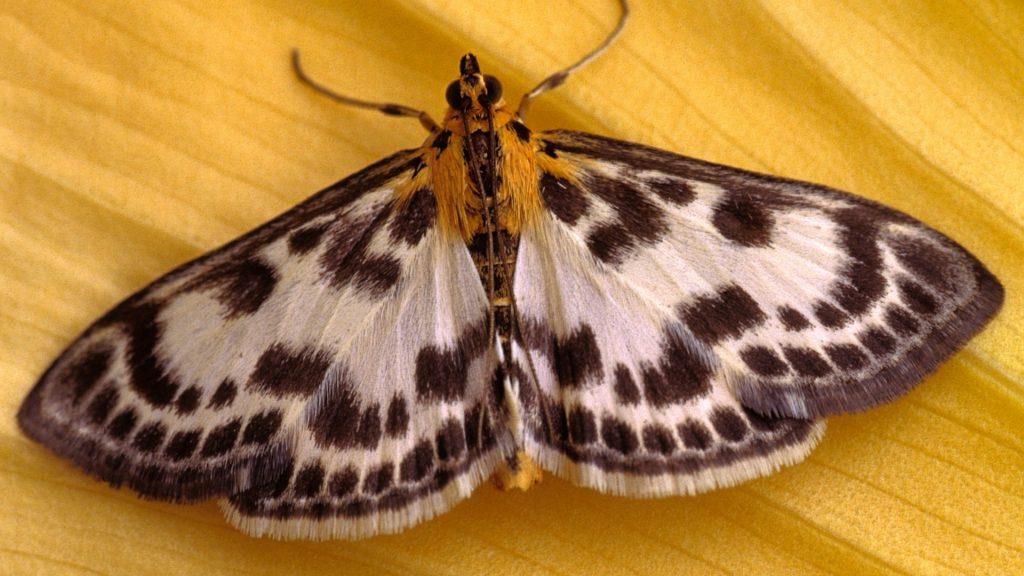
Unlike most house pests, moths don’t pose health risks to humans and pets. However, most of their species cause huge holes and severe damage to fabrics, clothing, sweaters, and blankets. They love laying eggs on wool, silk, and even carpets. Needless to say, moths are known to be very attracted to light.
Generally speaking, there are two common types of moths – the fabric moths and the pantry moths. As their names suggest, the fabric moths infest clothing while the pantry moths usually lay their eggs in stored grains and processed products. They can easily enter houses by infesting food packages.
2. Fruit Flies
Just like moths, fruit flies are not dangerous to our health. However, they are very attractive to fruits and fermented items. These stubborn pests are so tiny that they can easily enter your home without your knowledge. You probably did not notice them, but fruit flies are most likely on the fruits when you bought them.
Female fruit flies can lay up to 500 eggs in their lifetimes and can be sexually active 48 hours after they emerge. They usually lay eggs on fruits, and the larvae leave bacteria on the fruit, causing the fruit to rot unexpectedly. Additionally, they love fruit juice, soda, wine, beer, and other liquor.
Related: How Many Types of Fruit Flies Are There? | Information and Facts
3. Termites
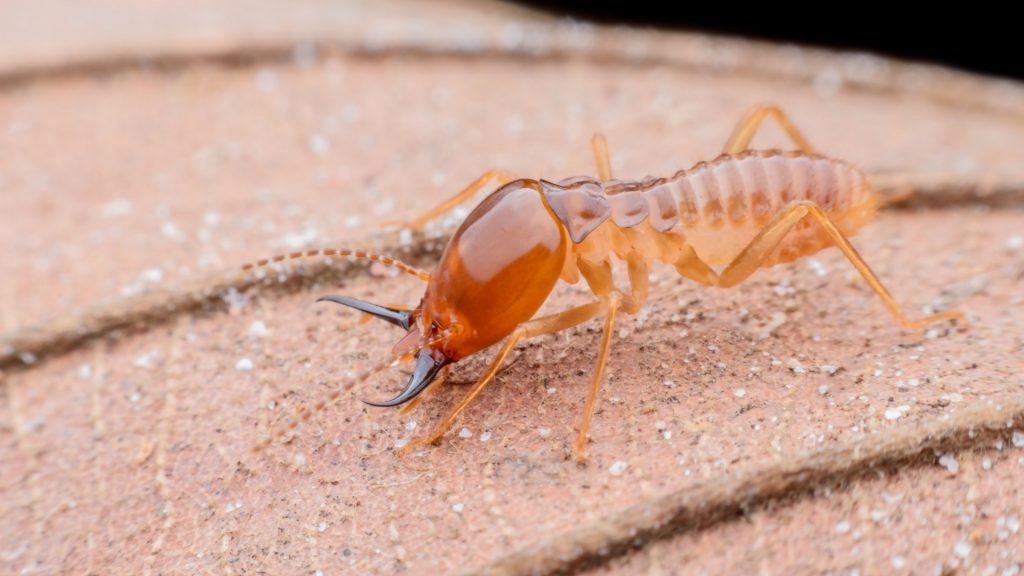
Every year in the US, termites have been causing billions of dollars in damages to houses and buildings. These house pests love to eat wood and a dead plant. Nevertheless, they also eat paper, books, cardboard, and even electrical insulators. Interestingly, most termites are blind and born without eyes.
But unlike many insects, termites undergo incomplete metamorphosis. This means that their life cycle only has 3 stages – egg, nymph, and adult. These wood-chewing pests can cause damage any time of the year, and you may only know that you are being infested after you discover the damage.
Related: How to Get Rid of Subterranean Termites? | Control and Prevention
4. Fire Ants
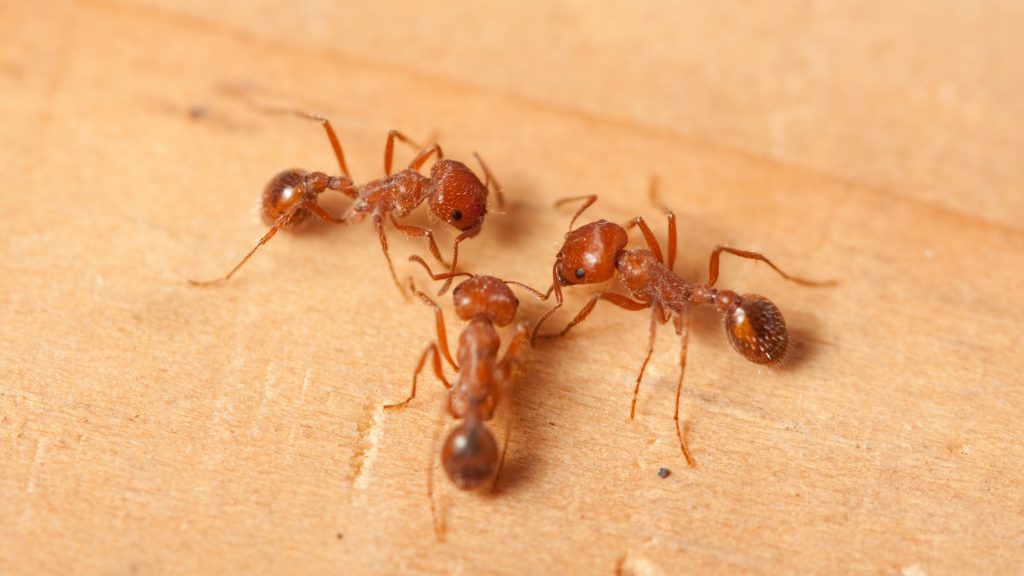
Also called ginger ants, fire ants are probably the most notorious ant species in the world. Although they are sometimes referred to as red ants, they are different in such a way that they have a 2-segmented pedicel on their ‘waist’ or the area between their thorax and abdomen. They also prefer warmer climates.
Fire ants usually build mounds on rotting logs beneath the trees, sidewalks, and near the driveways. Just like red ants, fire ants bite humans very painfully if they are being disturbed. They also eat almost anything, including insects, plants, oily meat, and decaying animals. Additionally, they certainly love to stay in dirty areas and houses.
Related: How to Get Rid of Fire Ants: A Complete Guide
5. Fleas
Fleas are tiny insects that attack mostly dogs and cats. Every year, pet owners in the US are spending lots of money on controlling fleas. They don’t usually attack humans, but they bite people who are handling the infested animals. Some fleas that feed on rodents can also transmit diseases such as murine typhus to humans.
An adult cat flea can grow up to about 1/8 inch (1 to 3 mm) long. Fleas don’t have wings, but they have six powerful legs that help move around. The backward-pointing bristles on their flattened body help them move on the hair of their host. They usually jump on their host and can live longer in hairy animals.
Related: How Long Can Fleas Live Without a Host? | Information and Facts
6. Bed Bugs
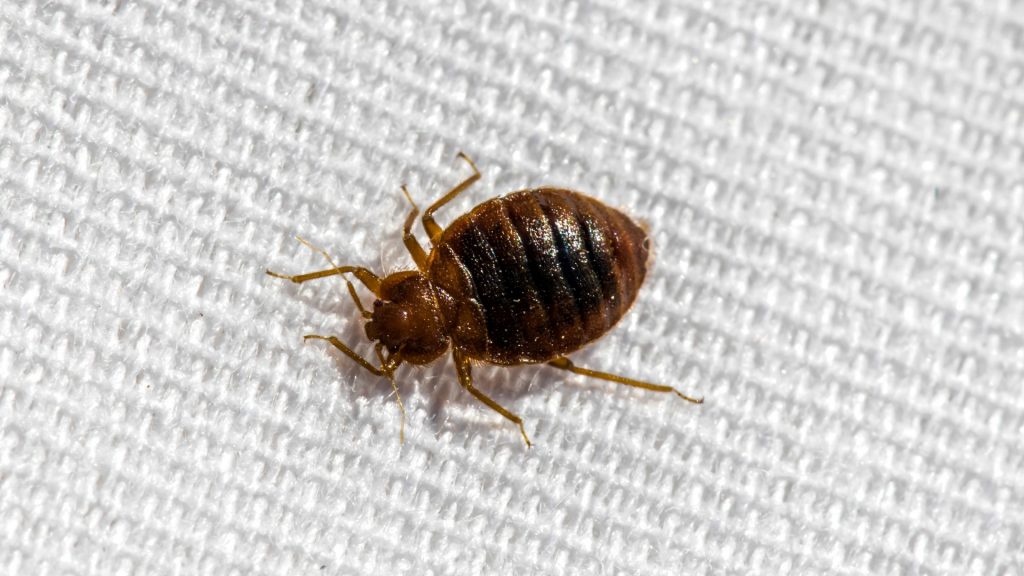
Bed bugs love biting humans, but they don’t transmit diseases, and their bites are not painful and not life-threatening. Nevertheless, these house pests can cause skin irritation, redness, and itching. They prefer biting people at night while they are sleeping, but they hide in the daytime near the area where people sleep.
Scientifically known as Cimex lectularius, bed bugs also bite warm-blooded animals such as cats and dogs. An adult bed bug has reddish-brown, flattened bodies and can grow up to 3/16-inch long. These blood-sucking insects are wingless, but they can jump and crawl very fast in very small spaces, especially on beds.
Related: Bed Bug Preferences: What Attracts Bed Bugs?
7. Cockroaches
There are thousands of species of cockroaches across the world, but German cockroaches are one of the most common species found inside houses. Scientifically known as Blattella germanica, these cockroaches are light brown with two dark stripes on their pronotum, the plate-like shield on their back.
Children living in homes with German cockroaches were reported to have a high potential in acquiring allergies and asthma. These notorious house pests are also known for carrying disease-producing organisms through their legs and bodies. They are most active at night and hide in warm, dark areas during the day.
Related: What Is a Cockroach? | Information and Facts
8. Mosquitoes
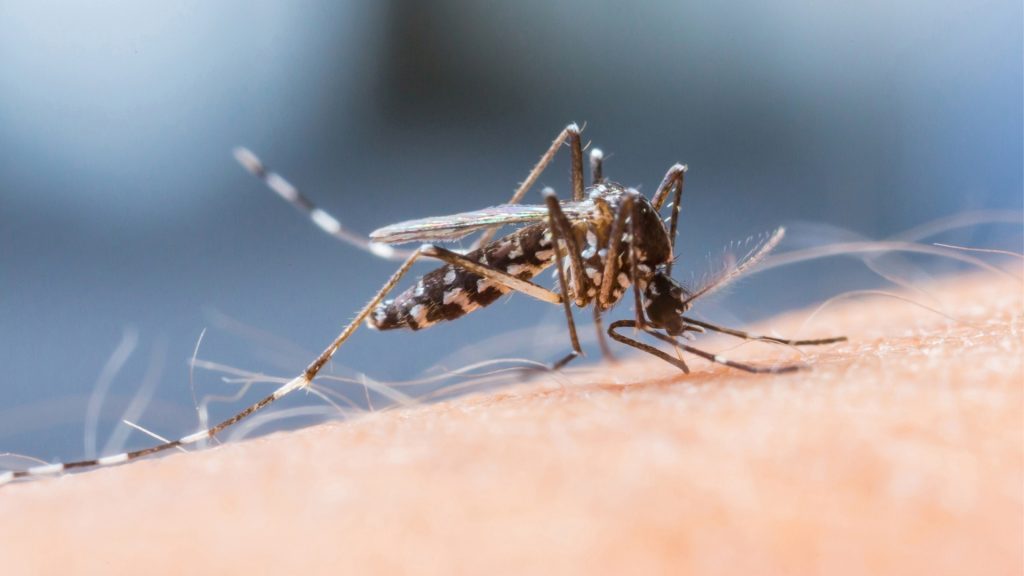
Mosquitoes are considered one of the most dangerous house pests because they can easily transmit diseases from one person to another and even to animals. This occurs after female mosquitoes (of almost all species) suck blood from vertebrates, including humans, pets, livestock, as well as wildlife.
There are more than 3,000 mosquito species worldwide, but some species are known for transmitting specific diseases. Anopheles mosquitoes are best known for spreading malaria. On the other hand, the Aedes aegypti mosquito is known for transmitting the dengue virus, which causes about 25,000 deaths per year globally.
Related: Crane Fly vs. Mosquito: Main Differences, Identification, and Biology
9. Rats and Mice
Both rats and mice belong to the rodent family, but mice are usually smaller than the rats. Interestingly, both of them have poor eyesight, but still, they prefer to be more active at night. They not only eat and contaminate food, but they also cause property damage and carry diseases such as Typhus Fever and Salmonella.
Scientifically known as Rattus norvegicus, Norway rats are sometimes called brown rats and house rats. Unlike roof rats, these species of rats are huge, and they cannot climb. On the other hand, mice can grow up to 3 inches long (tail excluded). House mice have large rounded ears, pointed snout, and a naked tail.
Related: Mice Control: How To Get Rid of Mice?
10. House Flies
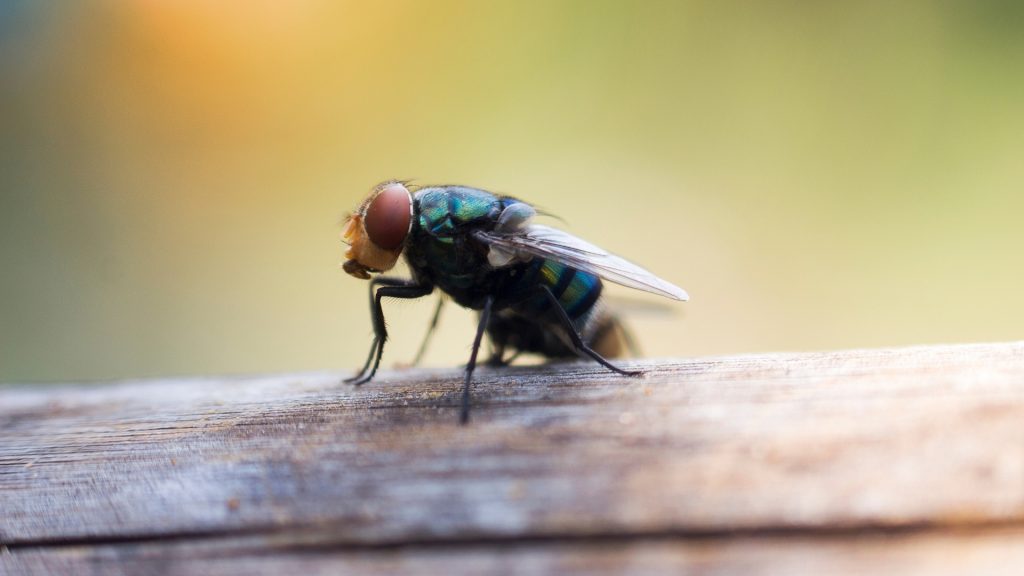
Scientifically known as Musca domestica, house flies are said to be capable of transmitting about 65 different diseases to humans. This includes anthrax, cholera, dysentery, leprosy, tuberculosis, and typhoid fever. They can survive well in both hot and cold weather and also be found in farms, ranches, and stables.
Interestingly, house flies taste food with their feet. This unpleasant pest feeds on almost everything, including discharges from wounds and sores, animal and human feces, decaying food, damps, and garbage. They eat solid food by regurgitating saliva on it and will do it until the solid material is liquified.
Related: House Fly Control: How To Get Rid of House Flies?
Step by Step Guide on How to Get Rid of House Pests
1. Identify Their Behavior and Habitat
Are those house pests more active during the daytime than in the nighttime? What’s their favorite food? Where do they hide in the winter? Where do they lay their eggs? These are only some of the questions you should answer. In short, you cannot kill those pests unless you know everything about them.
2. Remove the Source of Food
Remember, pests will only invade your house if they sense that you have food that they can eat. Therefore, it’s better if you remove the source of their food. Avoid placing food in places where pests can smell them. Refrigerate fruits as much as possible. Also, make sure you clean the kitchen and dining table properly.
3. Destroy Their Breeding Site
Destroying a pest’s breeding site may sometimes be challenging because their eggs are very small and can rarely be seen by the naked eye. In most cases, some pests will fight back and will bite you if you disturb their nest. If you decide to use insecticides, make sure it is safe for you, your household, and your pets as well.
4. Clean House Regularly
The best way to get rid of pests and prevent them from coming back is to clean your house regularly. And when we say clean, it is not only about cleaning or washing. It includes a thorough inspection of every corner of the house and replacing curtains, bed sheets, blankets, as well removing unnecessary items.
List of Sources
Insects that infest homes. University of Minnesota.
Managing Pests Around the Home. University of Tennessee Institute of Agriculture.
Jacobs, S. (2017). German Cockroaches. Penn State Extension.
Merchant, M., Robinson, J. Controlling Fleas. Texas A&M AgriLife Extension.
- How to Get Rid of Copperheads | Practical Guide - August 27, 2023
- How to Get Rid of Corn Snakes | What Makes Them Aggressive? - August 27, 2023
- How to Get Rid of Alligators | Safety Measures and Removal Methods - July 16, 2023
